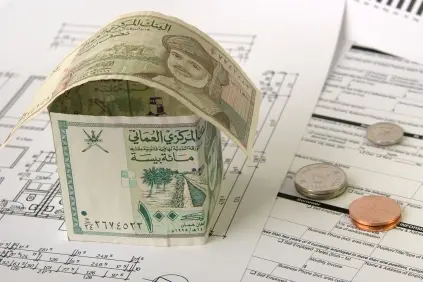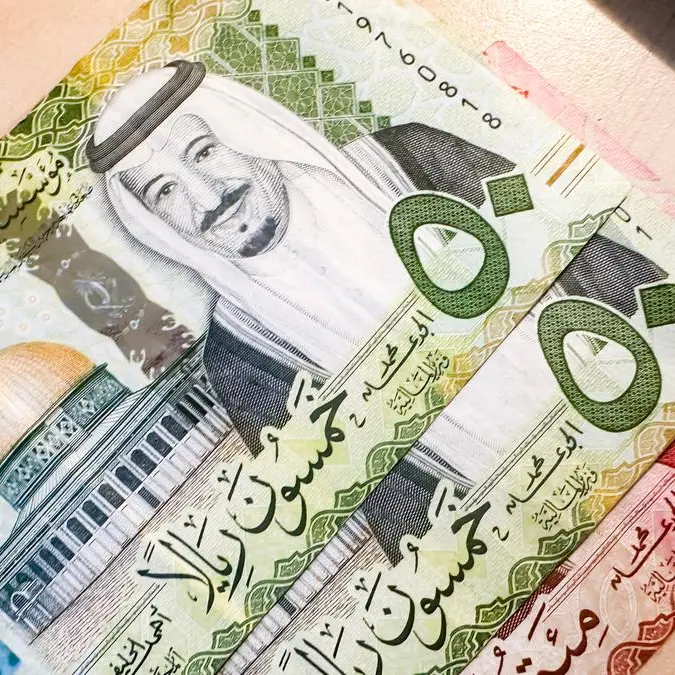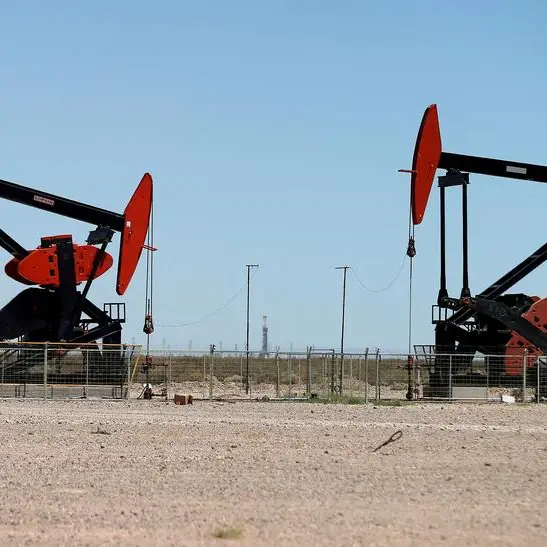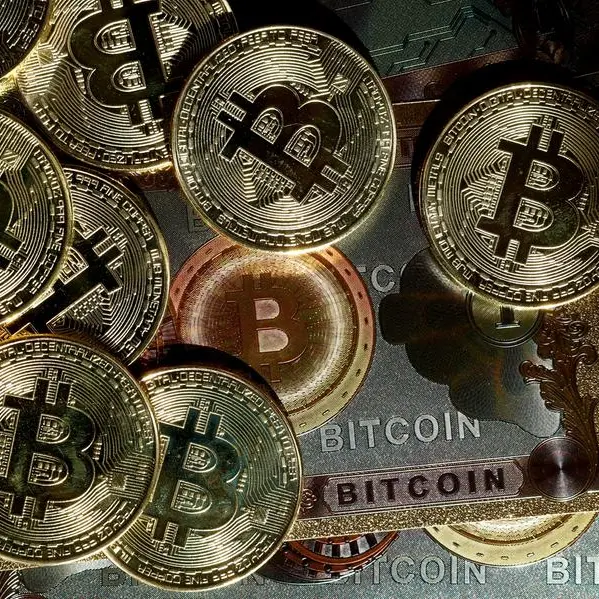PHOTO
14 December 2016
Projections of an oil price uptrend rebounding to as much as $60 per barrel on the back of last week’s historic deal by non-Opec producers to cut output, bode well for a somewhat brighter economic outlook for the Sultanate in 2017, according to a leading Oman-based economist.
Projections of an oil price uptrend rebounding to as much as $60 per barrel on the back of last week’s historic deal by non-Opec producers to cut output, bode well for a somewhat brighter economic outlook for the Sultanate in 2017, according to a leading Oman-based economist.
Dr Fabio Scacciavillani, Chief Economist of the Oman Investment Fund, a sovereign wealth fund of the Sultanate, stressed however the wisdom of continued fiscal prudence going into 2017, keeping in mind that the global agreement reached by Opec and non-Opec producers might display its full effects over a few months.
“Prudent macroeconomic policy hinges on the premise that bad news should be considered permanent while good news should be considered temporary. Maintaining a prudent stance is definitely a wise approach,” he added in comments to the Observer.
The economist was commenting on local reports suggesting that Oman’s 2017 budget would likely be based on an assumed oil price of $45 per barrel.
With current prices of Oman crude prevailing well above $50 per barrel in the wake of last week’s groundbreaking deal, the $45 price forecast — if indeed true — is an appropriate benchmark upon which the national budget is being based, he said.
Despite the roughly 10 per cent spike in Oman crude prices in the aftermath of the global deal to cut oil produce, fiscal prudence does require some degree of “belt-tightening” in the 2017 budget, although these measures are unlikely to match those of 2017, he noted.
Besides, a conservative price benchmark will not prevent suitable fiscal adjustments in the budget execution if the uptrend proves to strengthen going into 2017.
“Despite starting the budgetary year with an assumed price of say, $45 per barrel, as the year progresses into summer one can adjust expenditures in line with positive price developments,” Dr Scacciavillani pointed out.
Reflecting on the current year, the economist said the Sultanate has weathered the energy price drop, which he characterised as an “exceptional occurrence”, relatively well.
“The impact from losing 60 per cent of oil revenues was mitigated by two important factors: resources accumulated in the good years, and a skillful borrowing strategy that took advantage of competitive interest rates and considerable lending appetite. Management of the revenue shortfall has been orderly and competent, despite the adverse circumstances.” Dr Scacciavillani added: “We should not forget that the drop in oil prices was sizeable. This was an exceptional occurrence, and so far the impact on the economy and the livelihoods of most people has been softened by adequate measures adopted by the government. Now that we can see the light at the end of the tunnel (thanks to this global effort to shore up oil prices), we can certainly be more confident that the fiscal situation will gradually revert to normality. In the meanwhile, the ongoing measures to foster the diversification of the economy and the expansion of non-oil sectors should progress steadily.”
Oman’s pledge to cut production by around 45,000 barrels per day, as part of the global pact effective from January 1, 2017, will result in a net increase in revenue to the economy, according to the economist.
“This is the logic behind the agreement to cut production. We are seeing a balancing between supply and demand in the global oil market, and as current inventories deplete, a gradual rebound in prices is anticipated.”
Citing projections made by analysts and oil futures market, Dr Scacciavillani added: “There are expectations of a rebound to $60 per barrel, although we need to see how US shale producers, will respond to this uptrend. With tighter supply, as existing large oilfields around the world are depleted and provided there are no major fields coming into operation over the medium term, then a supply shortfall should hopefully sustain a solid price rebound.”
© Oman Daily Observer 2016























